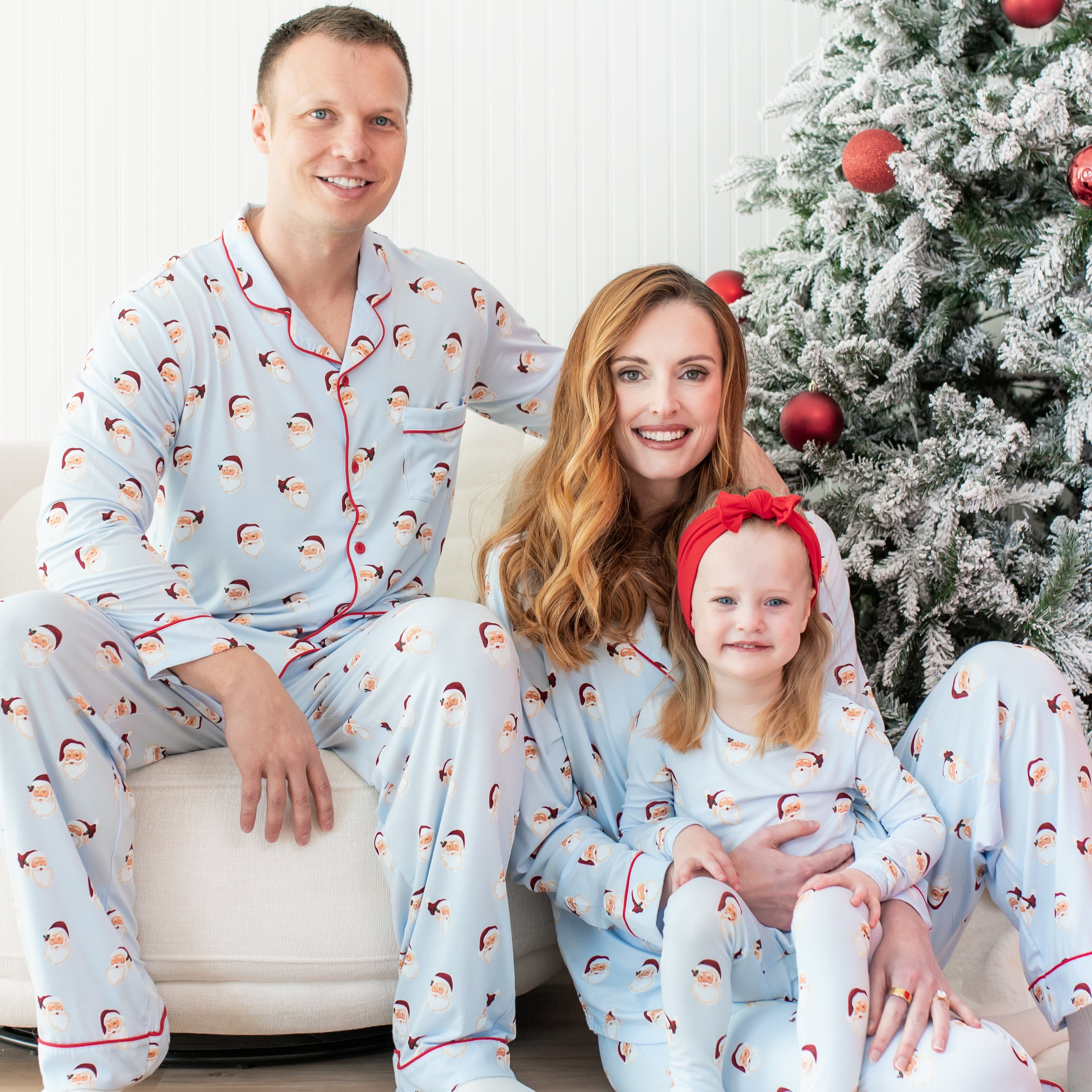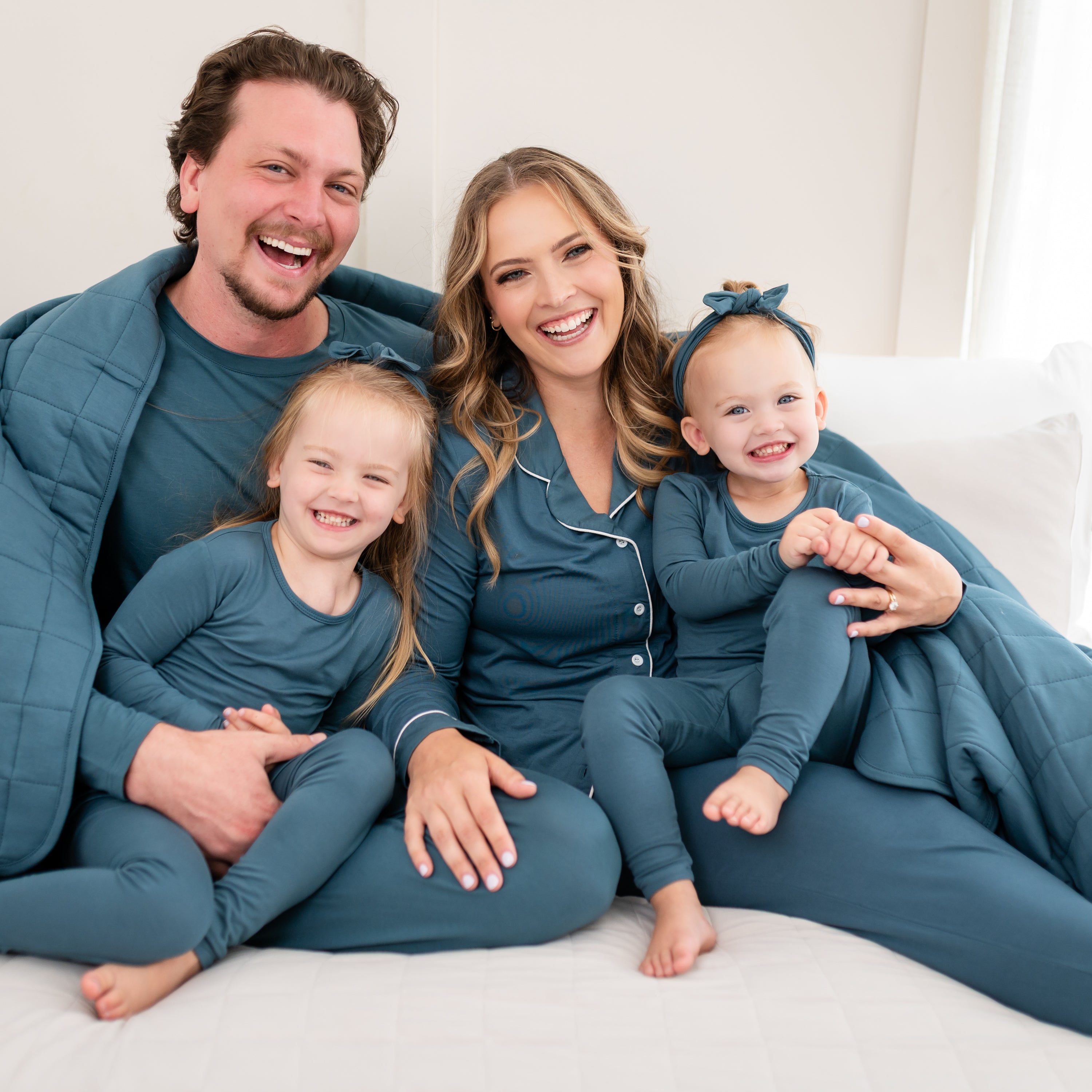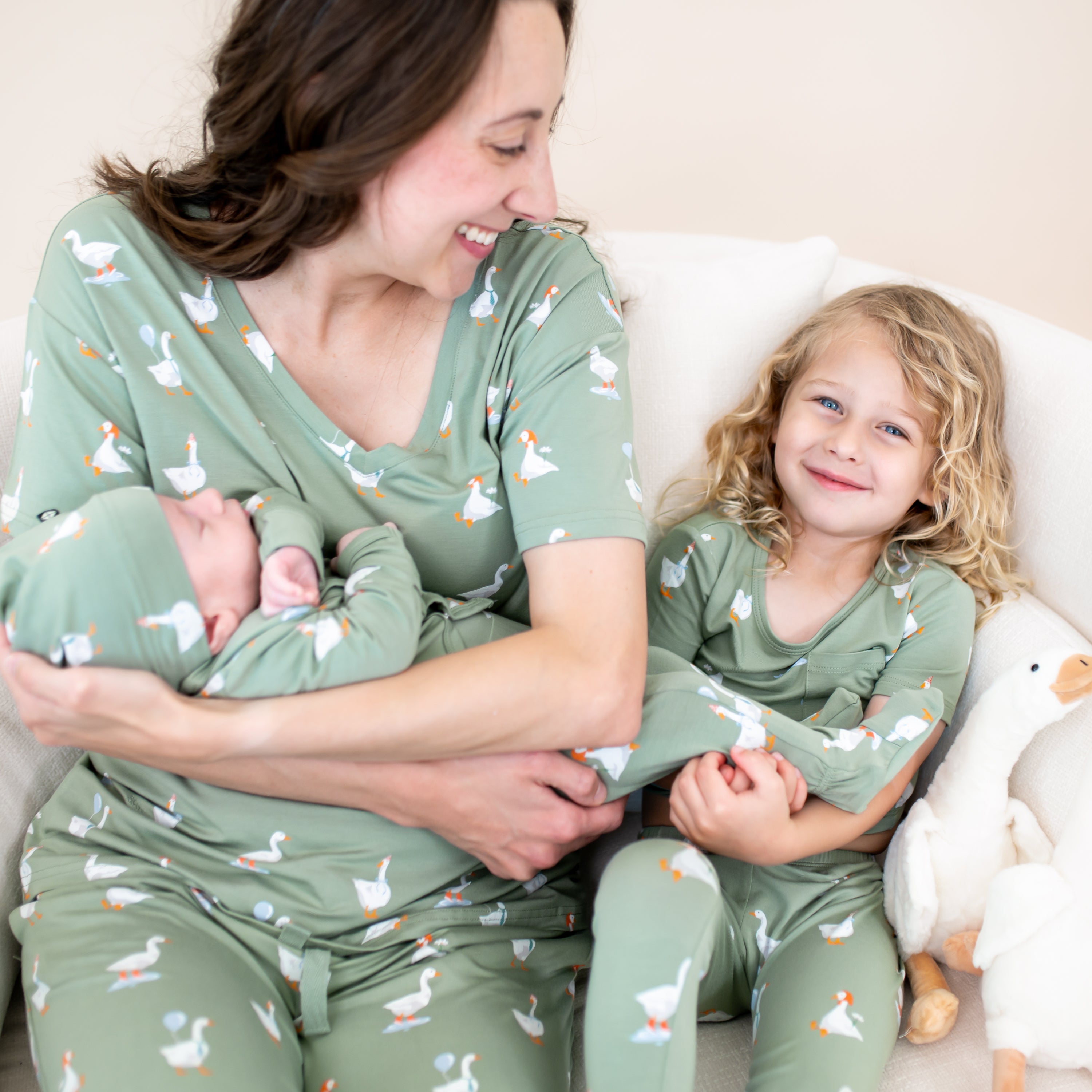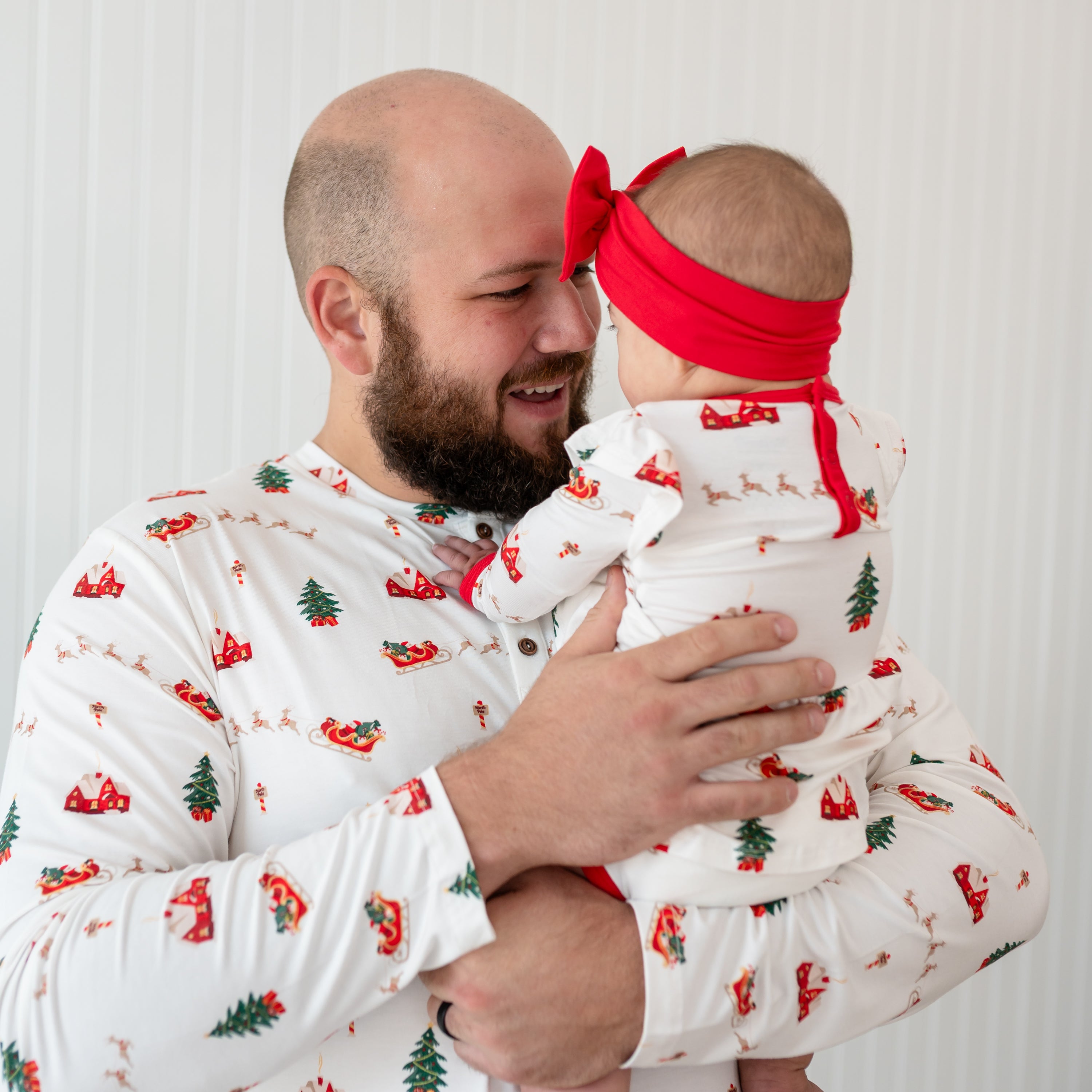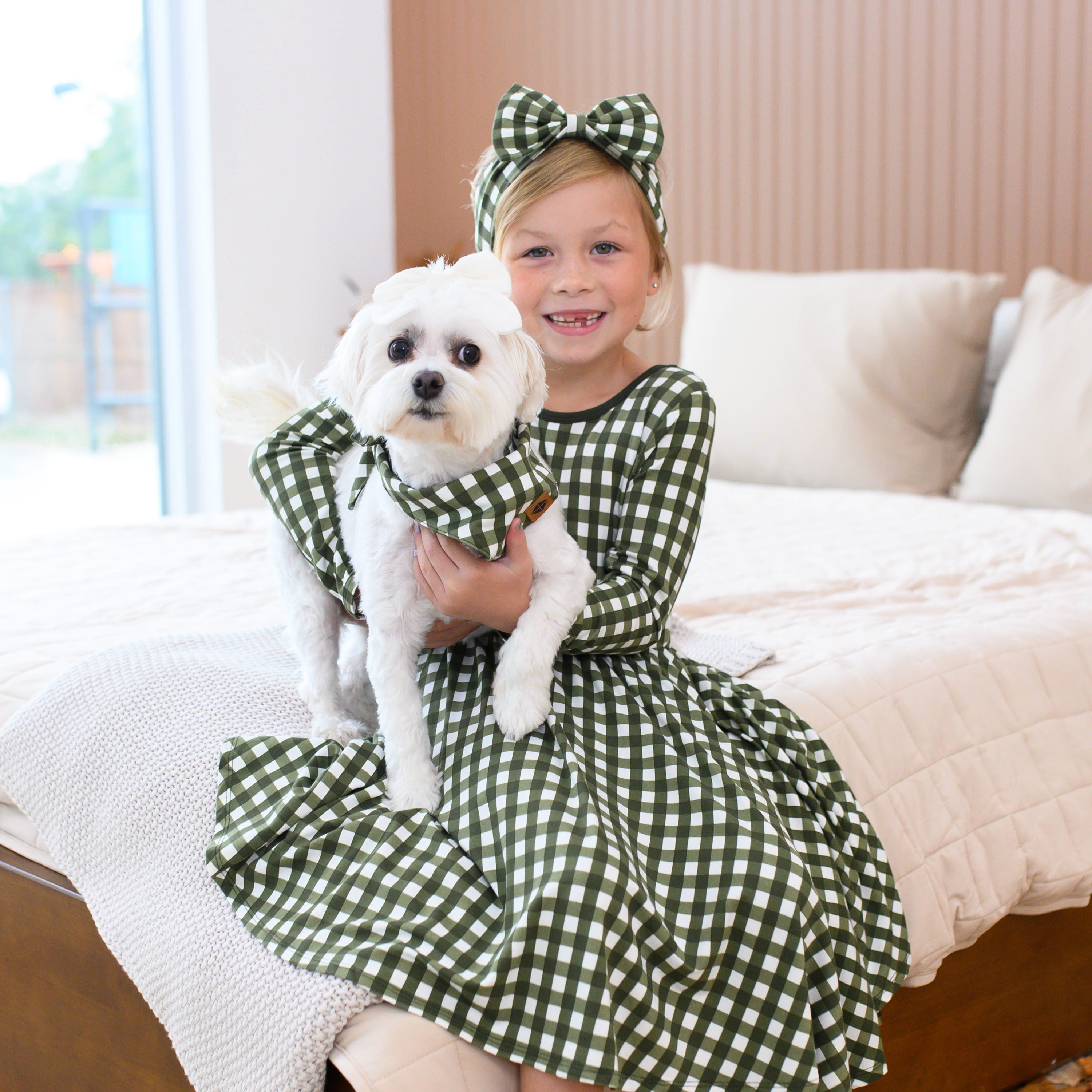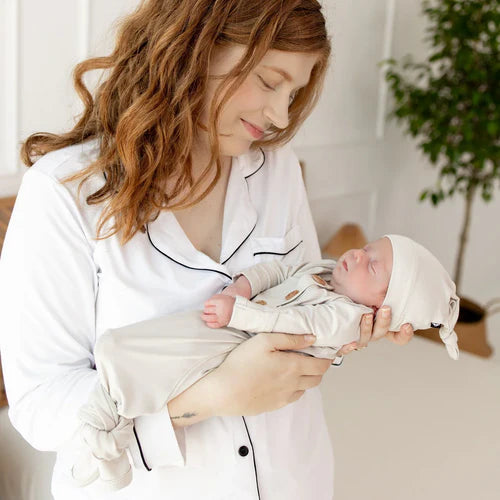There are a lot of popular products on the market today and as a (potentially exhausted) parent, it can be confusing on what’s safe and what isn’t. The lines sometimes look a little blurry especially when a product insists on their safety testing and recommendations. Leaving all the investigative work to parents to truly decide if it’s safe for their child to sleep in. As a consumer, we want to trust the market, but as we’ve seen over and over, the goal is to sell a product and market it in a way that sells.
If something is marketed to tired parents as a way to fix their child’s frequent wakings and short naps, then it can be an easy 3am purchase after the sixth waking for the night (ask me how I know).
What is a Weighted Sleep Product?
Weight by definition is essentially “to make something heavier.” Weighted blankets have gained popularity over the years for their deep pressure benefits including: pain relief, lowering anxiety, and improving mood. In other words, it decreases the stress on the nervous system promoting relaxation.
Weighted blankets are often a therapeutic modality for a person diagnosed as autistic, with attention deficit hyperactive disorder, sensory processing disorder, insomnia and other sleep disorders, arthritis, and chronic pain.
Studies have been done to prove their effectiveness which makes them all that more tempting to use for our little ones! The important distinction here though is that weighted blankets are often prescribed as a treatment and under the supervision of a physician where the benefits outweighed the risks.
Weighted blankets that are prescribed from a physician, occupational therapist, etc should have specific recommendations for the weight of the product custom to each person’s individual needs and size. A standard product isn’t going to provide the same benefits.
Are Weighted Products Safe for Sleep and When Can You Use Them?
Unfortunately, the current recommendation from the NIH is, “Studies have shown that multiple layers or heavy clothing, heavy blankets, and warm room temperatures increase SIDS risk.”
Weighted sleep products including sleep sacks are not recommended for children under 2. When they already weigh so little, the additional weight can potentially affect respiration. However, there are currently no studies done for weighted items for infants during sleep as it could be a risk to study the outcome.
The bottom line would be to use them when they’re older and under the supervision of a physician or occupational therapist who can make a specific weight recommendation based on distribution of the weight over the entire body and not concentrated on their chest.
Are Kyte Baby Sleep Sacks Weighted?
Every single thing on this planet has a weight. That doesn’t mean there is additional weight added to a product though for the purpose of making it MORE weighted-- which is the case with Kyte Baby sleep sacks! The weight you feel in the sleep sack is the nature of the products used (bamboo fabric, filler to make it thicker, etc), not something added to the sack to make it weigh more for any therapeutic purpose.
Think of something like a t-shirt vs a coat. The t-shirt weighs less but the only thing added to the coat is more material to make it warmer. That’s like the difference between a 0.5 TOG sleep bag and 2.5 TOG sleep bag!
Are Kyte Baby Sleep Bags Safe for Sleep and Tummy Sleep?
Absolutely! As soon as your little one can fit safely in a Kyte Baby sleep bag, then they’re safe to wear it for sleep. Some of the AAP’s current safe sleep recommendations are as follows:
- Always place your baby on their back to sleep for the first year
- If your baby has the strength and ability to roll themselves onto their side or belly then it is safe for them to sleep in that position (so long as you follow the above rule of always placing baby down on their back)
- Keep your little one’s sleep space bare (baby and a tight fitted sheet only)
- Use a wearable blanket/sleep sack instead of a loose blanket in the crib
- Transition out of the swaddle into a sleep sack at the first sign of rolling (or a very conservative recommendation is once they reach 8 weeks old)
Kyte Baby was designed and founded with safe sleep principles in mind. It allows for breathability to not allow little ones to overheat (a SIDS risk factor), it’s roomy in the hips for healthy hip development, and replaces loose blankets in the crib to keep your little one comfortable all year round!
AUTHOR:
Ashley Olson is a certified pediatric sleep consultant, owner of Heaven Sent Sleep, and passionate about helping new parents, experienced parents, desperate and sleep deprived parents form healthy sleep habits for their children.
She has over 4 years of experience in working with families and has completed over 150 hours of coursework plus continuing education related to infant and toddler sleep. The focus of her work is on fostering a routine that grows your bond and attachment with your child while improving their sleep habits. She specializes in custom sleep plans and one on one support in changing sleep practices!













